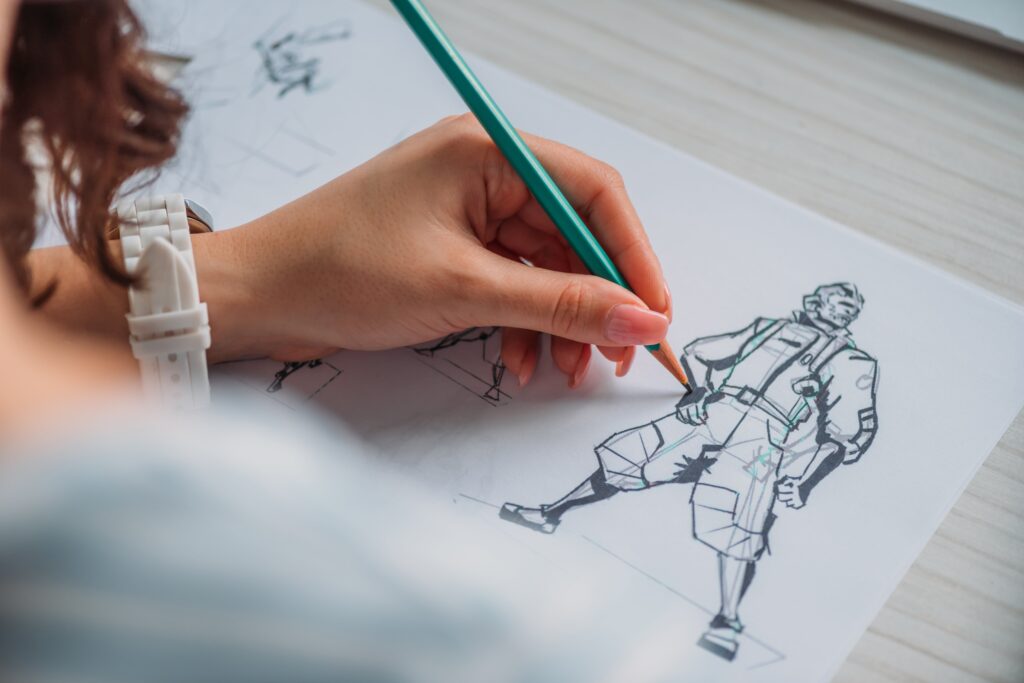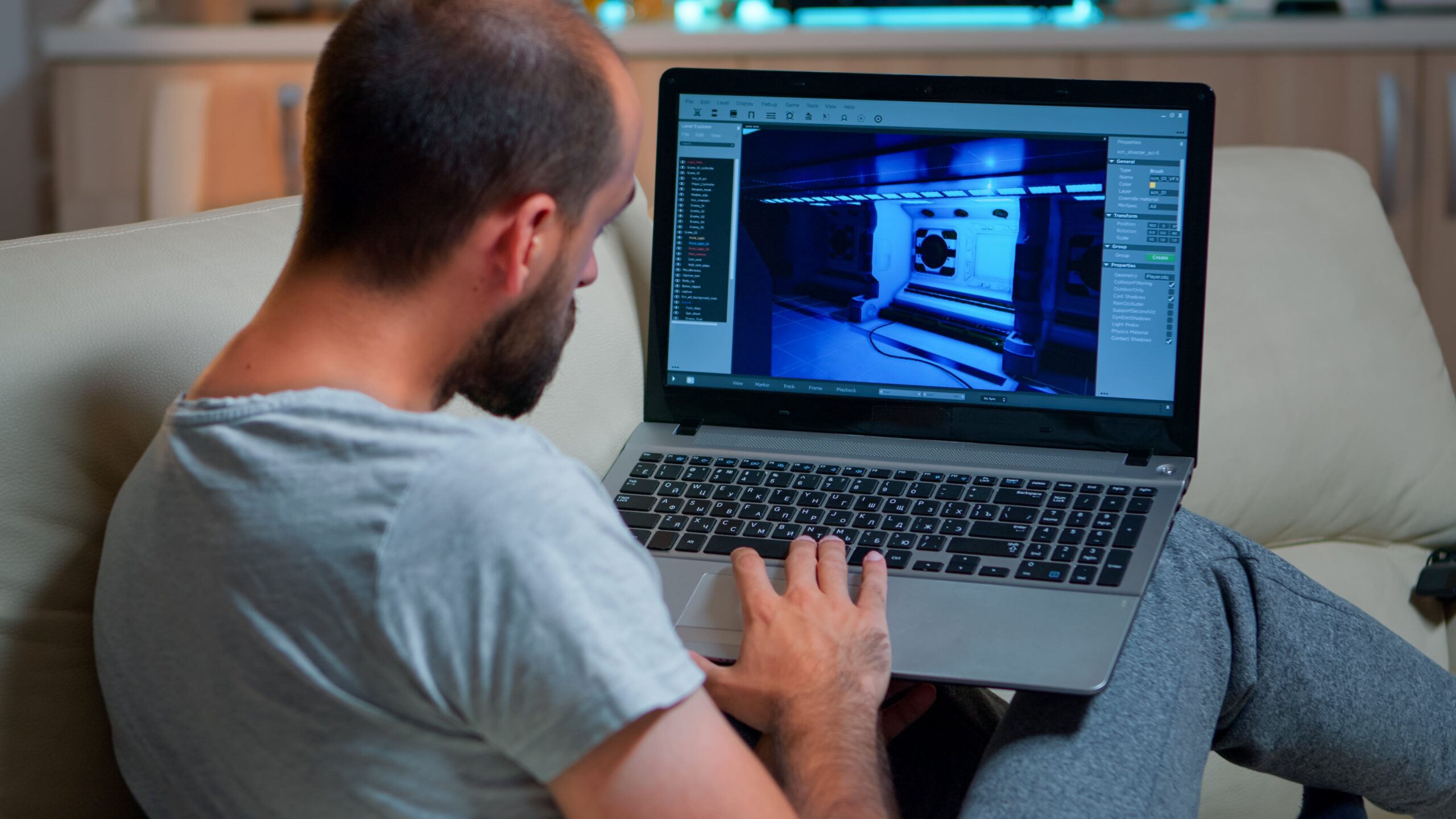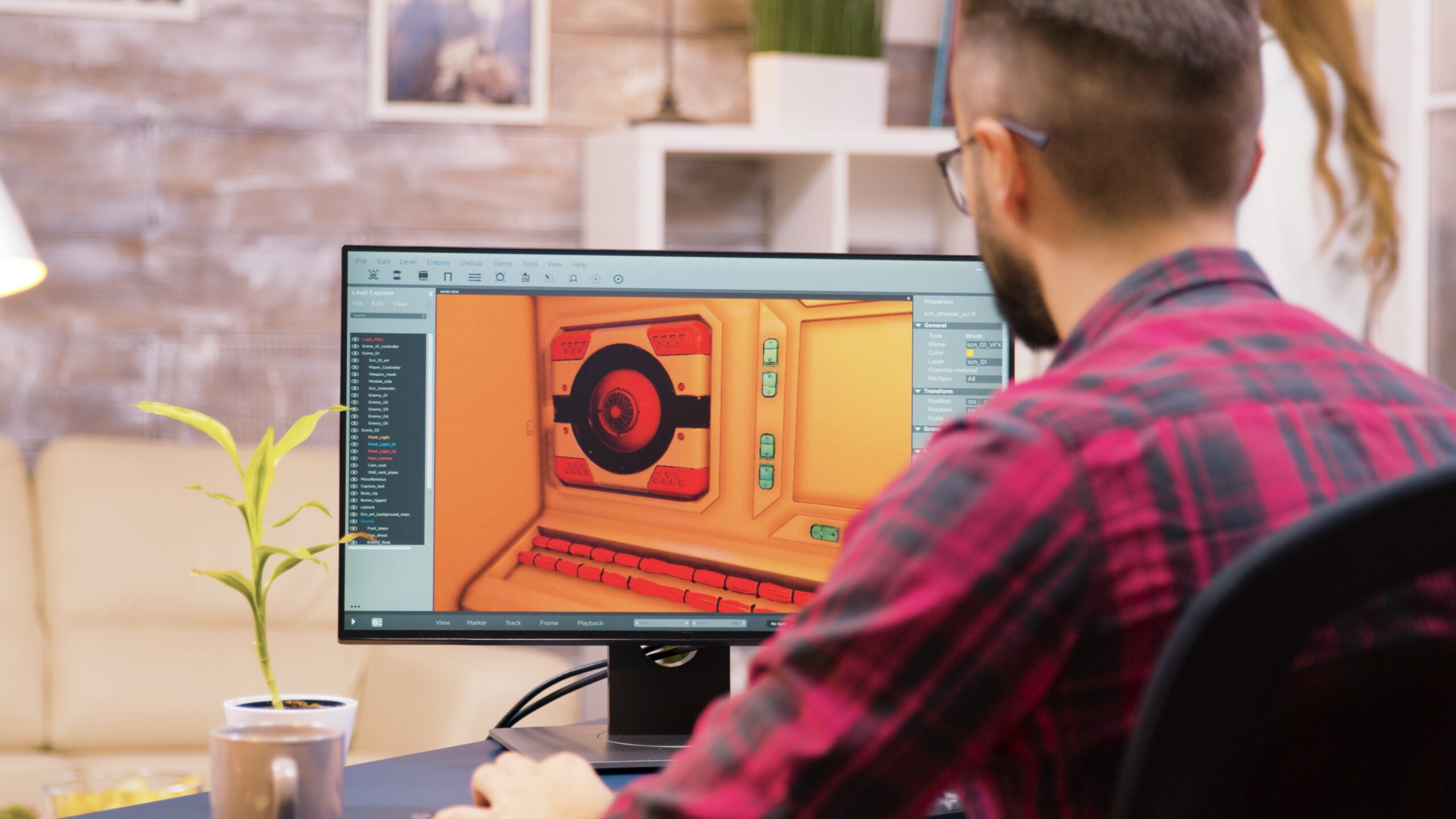Animation has come a long way since its inception, with advancements in technology and artistic innovation pushing the boundaries of what can be achieved. While traditional animation techniques continue to captivate audiences, there is a growing interest in exploring non-traditional animation mediums that offer unique and visually stunning results. In this article, we will talk about some of these unconventional techniques that are gaining popularity in the animation industry.
Sand Animation
Sand animation, also known as sand art or sand painting, is a mesmerizing technique that involves manipulating sand on a backlit surface to create beautiful and fluid animations. Artists use their hands or various tools to shape and mold the sand, capturing each frame of the animation with a camera. The result is a captivating visual experience that combines the fluidity of movement with the texture and depth of sand.
Cut-Out Animation
Cut-out animation is a technique that involves creating characters, objects, and backgrounds by cutting out various shapes from paper or other materials. These cut-out elements are then manipulated and animated frame by frame to bring them to life. This technique allows for a distinct visual style and offers a unique way to tell stories through animation.
Pixilation
Pixilation is a stop-motion technique that involves using live actors as the subjects of the animation. In this method, the actors are posed and photographed in small increments, creating the illusion of movement when the frames are played in sequence. Pixilation offers a blend of live-action and animation, resulting in a visually intriguing and often surreal experience.
Paint-on-Glass Animation
Paint-on-glass animation is a technique where animators paint directly onto a glass surface, capturing each frame as they go along. This method allows for fluid and organic movements, as the paint can be manipulated and blended in real time. The transparency of the glass adds an ethereal quality to the animation, creating a visually striking effect.
Experimental Animation
Experimental animation is composed of a wide range of techniques that defy traditional animation norms. Artists often push the boundaries of animation by exploring unconventional materials, combining various mediums, or employing innovative technologies. This approach allows for endless creativity and opens up new possibilities for storytelling through animation.
Projection Mapping
Projection mapping is a technique that involves projecting animated content onto three-dimensional objects or surfaces, creating the illusion of movement and depth. This method is often used in installations, performances, and immersive experiences, blending animation with the physical world to create a captivating visual spectacle.
Clay Animation
Clay animation, also known as claymation, involves using clay or similar malleable materials to create characters and objects. Animators sculpt and shape the clay, capturing each movement frame by frame. This technique offers a tactile and organic feel to the animation, adding a unique charm and character to the visuals.
Paper Animation
Paper animation involves using cut-outs, folding, and manipulating paper to create animated sequences. This technique allows for intricate and delicate movements, and the texture of the paper adds a distinct visual appeal. Paper animation offers a versatile and accessible medium for animators to explore their creativity.
Digital Collage
Digital collage animation involves combining various elements, such as photographs, illustrations, and textures, to create animated sequences. Artists can layer and manipulate these elements using software to achieve unique and visually stunning results. Digital collage animation offers a flexible and dynamic medium that allows for endless possibilities in storytelling.
Light Painting
Light painting animation is a technique that involves capturing long-exposure photographs of moving light sources. Artists use various light tools, such as flashlights or LED strips, to create intricate patterns and movements in a dark environment. Each frame is meticulously planned and executed, resulting in mesmerizing and ethereal animations.
Conclusion
The animation industry is continually evolving, and non-traditional animation mediums offer exciting avenues for artists to explore their creativity. From sand animation to projection mapping, these unconventional techniques provide unique visual experiences that captivate audiences.
Whether you are a seasoned animator or just starting your journey, experimenting with these non-traditional mediums can open up new possibilities and push the boundaries of what animation can achieve. So, don’t be afraid to step outside the box and embrace the world of non-traditional animation mediums.
Key Takeaways:
- Non-traditional animation mediums offer unique and visually stunning results.
- Sand animation, cut-out animation, pixilation, paint-on-glass animation, experimental animation, projection mapping, clay animation, paper animation, digital collage, and light painting are some examples of non-traditional animation techniques.
- These techniques allow for endless creativity and open up new possibilities for storytelling through animation.
- Embracing non-traditional animation mediums can push the boundaries of what animation can achieve.
If you’re interested in pursuing a career in animation and want to explore these non-traditional animation techniques further, consider enrolling in the NYU Animation Industry Essentials online course and certificate program offered by Yellowbrick.
It will provide you with the knowledge and skills needed to thrive in the animation industry, including hands-on experience with both traditional and non-traditional animation techniques. Take the leap and embark on an exciting journey into the world of non-traditional animation mediums with NYU Animation Industry Essentials.




